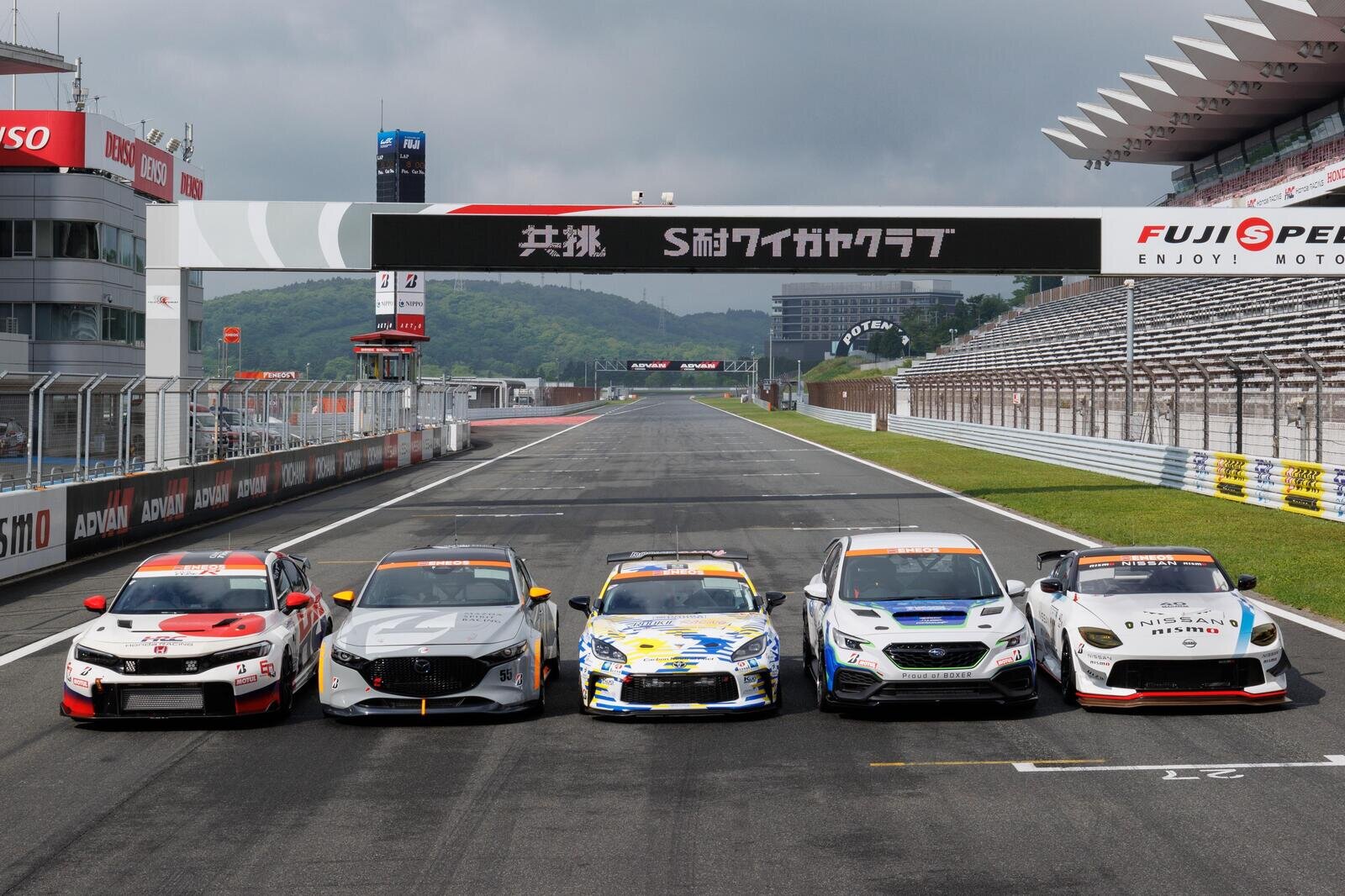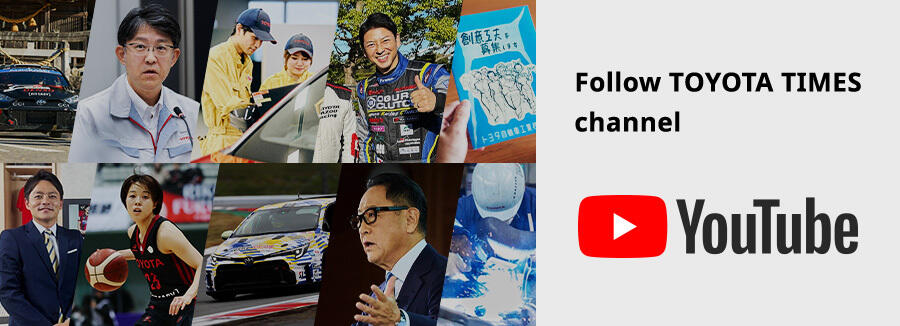
The hydrogen-engine Corolla is racing in the Fuji 24 Hours for its fifth straight year. Once again, we asked automotive analyst Shinya Yamamoto to provide a rundown of the attempt.
This time, we gathered again after dark, sitting around a fire in the Fuji Speedway camp area. Automotive journalist Yuki Imai also joined the festivities to discuss how to cultivate a motorsports culture.
Super Taikyu and Nürburgring
Morita
What I want to talk about today is the Super Taikyu and this year’s Nürburgring. For Toyota, these two 24-hour races provide a platform to pursue ever-better carmaking.
Morizo has said that Toyota’s activities in Super Taikyu have been leading to the Nürburgring. Having followed that journey from the beginning, what do you think?
Yamamoto
To me that seems like a natural progression. In fact, didn’t the team’s efforts begin with Nürburgring?
Whereas the Nürburgring 24 Hours only comes around once a year, the Super Taikyu season has seven races. One of the great advantages of Super Taikyu is having these seven opportunities to test the car.
Initially there was only Nürburgring, but now I feel like we’ve shifted to the next phase, with Super Taikyu feeding into Nürburgring.
Morita
Earlier, Juichi Wakisaka* said, “The storyline and the core direction have remained consistent throughout, as though Morizo knew it would turn out like this from the outset.”
*Racing driver who appeared on the live broadcast as a commentator.
Yamamoto
That’s spot on. However, I think one of the main factors behind wanting to link Super Taikyu activities to Nürburgring was the pandemic, which shut down overseas travel. It was a case of turning a crisis into an opportunity.
Morita
Making the most of a bad situation by getting something started in Super Taikyu.
But unlike Nürburgring, Super Taikyu races also serve as a stage for trying out world-first technologies, such as the hydrogen engine.
Yamamoto
That’s the ST-Q class. Setting that up has made it a lot easier to undertake these kinds of new challenges. I think it’s a major factor.
On that front, the STO (Super Taikyu Organization), which is now STMO, has openly invited all automobile manufacturers to make use of these endurance races. That’s huge.
ST-Q class continues to grow
Morita
The ST-Q class for development vehicles was set up in 2021, when this hydrogen engine first took to the track. Initially, there were only two cars, Toyota’s #28 and #32, until Subaru joined in 2022.
Yamamoto
Mazda entered before that.
Morita
That’s right, Mazda also joined, so we had five cars running. In 2023, it grew to six, and by last year there were eight cars.

Yamamoto
The class has grown.
Morita
The class has grown, the landscape has been transformed, and the world is changing.
As you’ve noted, now it is almost embarrassing if you’re not here, as though you are falling out of step. That’s how much the environment has changed.

